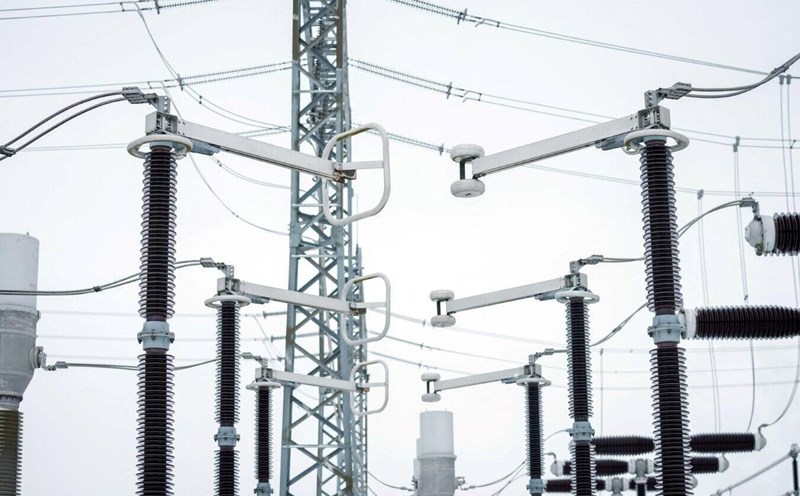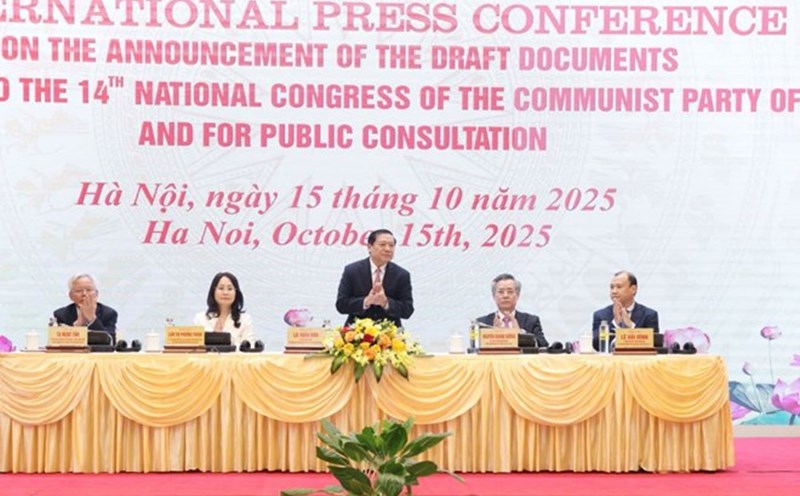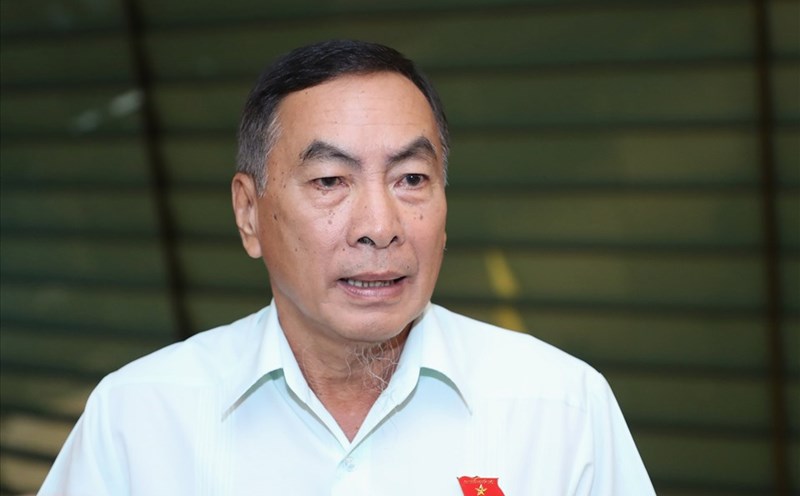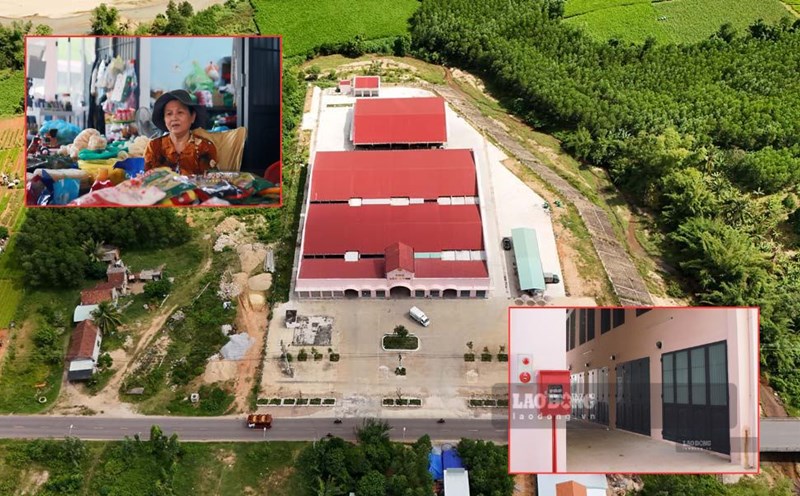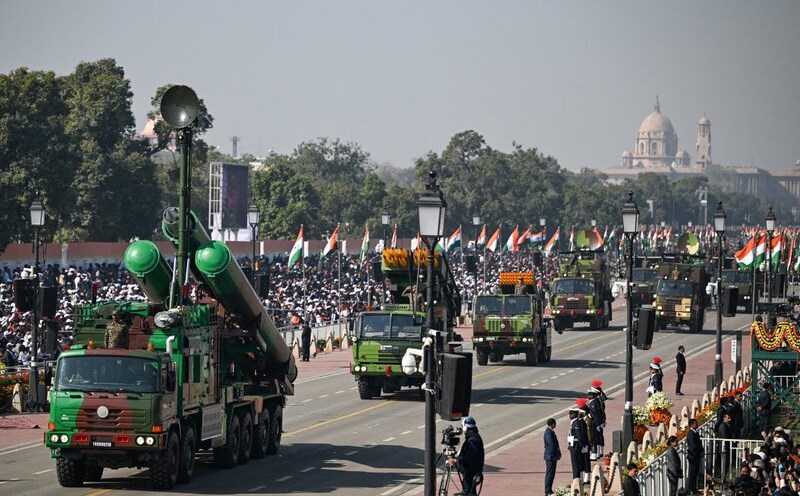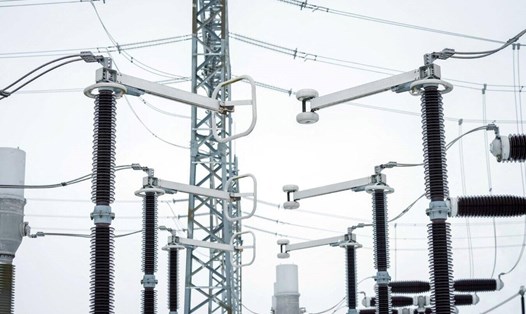The major route connecting the three Baltic states (Litvia, Lithuania, Estonia) with Poland was inaugurated on October 20, at a time when tensions between Europe and Russia are rising.
The new via Baltica route passes through Suwalki gap - a narrow corridor between Belarus and Russia's Khiningrad exclave, and is often described as a potential target if Russia attacks NATO.
At the inauguration ceremony at the border between the two countries on October 20, Polish President Karol Nawrocki and Lithuania President Gitanas Nauseda said that this route is the most important corridor in the region, while emphasizing the role of via Baltica in regional defense.
NATO troops are likely to move faster to support the Baltic countries via via Baltica.
"This road has dual goals, contributing to the economy and enhancing the region's defense capabilities," said Mr. Nawrocki.
Poland and neighboring Baltic countries have been on high alert since many Russian-made drones entered Polish territory and Russian-made fighter jets into Estonian airspace in September.
The via Baltica route, 970km long, starts from the Polish capital Warsaw, passes through Lithuania, Latvia and Estonia, with the end point being tall tallinn (estonia).
The construction of via Baltica in Poland took more than 10 years and cost more than 11 billion zloty (2.6 billion euros), of which nearly 1 billion euros came from the European Union.
This is part of Europe's E67 route, connecting Finland with the Czech Republic.
The four-lane A5 expressway connects Kaunas, Lithuania's second largest city, with Suwalki in Poland, also on via Baltica.
The Russian Transport Ministry said that some northern via Baltica sections currently have only two lanes and will be expanded later.
According to Lithuanian President Gitanas Nauseda, the road symbolizes " releasedness, prosperity and security" and " plays an extremely important economic, trade and logistics role in Lithuania, connecting us with the rest of the European market".
Another accompanying railway project, called Rail Baltica, is also under construction, with the first sections of the line expected to be operational by 2030.
The construction of a new 870km long railway, running from Tallinn to the Polish border, began in 2019, but was delayed and the Baltic governments disagreed. The European Commission also believes that the cost of building Rail Baltica, which cost 4 times from the initial 6 billion euros to 24 billion euros, is too high.


